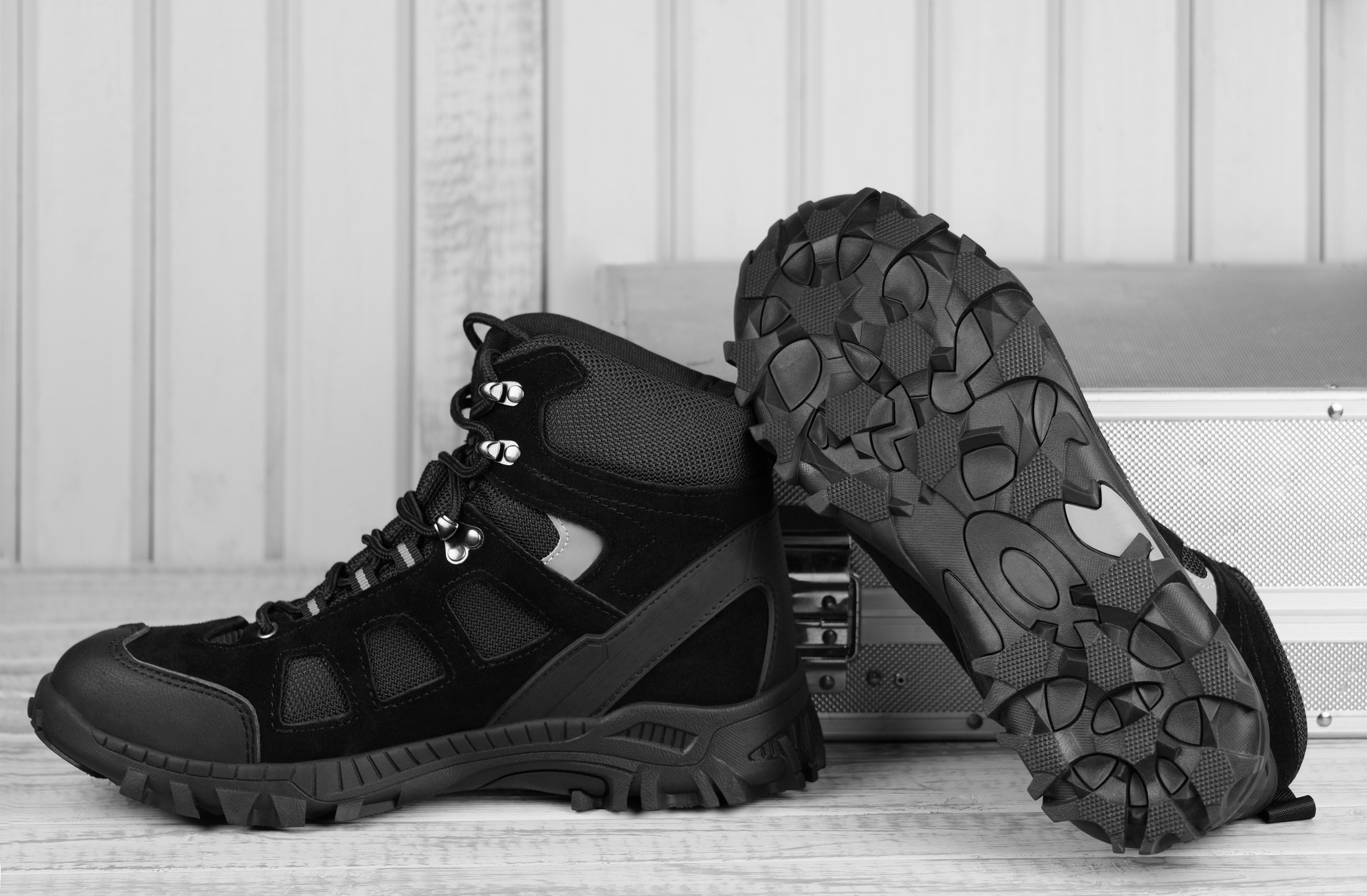Guide: Choose the right material for your safety shoes
How to choose the right material for your shoes
When you have to choose new safety shoes or safety boots, there are several types of materials to choose from. It is therefore a good idea to familiarize yourself with which type of material is most relevant to you and your work.
In general, safety shoes and boots can be divided into boots or shoes made of grain leather, nubuck and suede boots, synthetic boots or a combination often with a membrane in the inner boot. Generally speaking, with a leather boot or a leather shoe you will get high wear resistance and a long life, while a synthetic boot will provide great breathability, lower weight and cost less.
Below you will be able to read more about the advantages and disadvantages of the various materials.

Safety shoes in core leather
Grain leather can be recognized by the fact that it is stiff and has a glossy, smooth surface. The material is a fairly heavy material.
The advantage of choosing safety shoes and footwear in core leather is that the cell structure is very dense - this means that the leather is of the best quality and thereby delivers a very high wear resistance. The closed surface structure means that the boot is waterproof and easy to keep clean. The disadvantage of leather footwear is that the breathability is of a lower quality and it takes a long time to dry.

Safety shoes in suede and nubuck
The materials suede and nubuck both have a rougher surface – suede appears very rough, while nubuck is treated suede, which is why it is not quite as rough. Both materials are softer textures than full grain leather. This means that they are thus more comfortable to walk with. However, suede and nubuck also provide less support compared to leather.
The breathability is significantly higher than with a pair of core leather boots, as the cell structure is less dense in suede and nubuck. The materials are often used for light boots or shoes used in warm areas. A disadvantage of suede and nubuck is that, in relation to the grain leather, it is more difficult to maintain and is not nearly as durable either - it is, however, still more durable than, for example, nylon.
Synthetic boots and hybrids with membrane
Synthetic boots breathe well and are also quite a bit lighter than leather boots. However, nylon and similar synthetic materials have a very low abrasion resistance, and you will therefore often find synthetic boots and shoes with suede or nubuck reinforcements in the most exposed areas. The more synthetic safety shoes, the lighter and more breathable they are, and the less durability and support they provide.
Membranes are also an item under materials. The point of an internal membrane is that it must ensure that water cannot enter the boot, but at the same time that the foot's moisture can pass out. It is smart to consider boots with a membrane if you have to work where there is a risk of damp feet. In this way, you prevent blisters and other discomforts.
